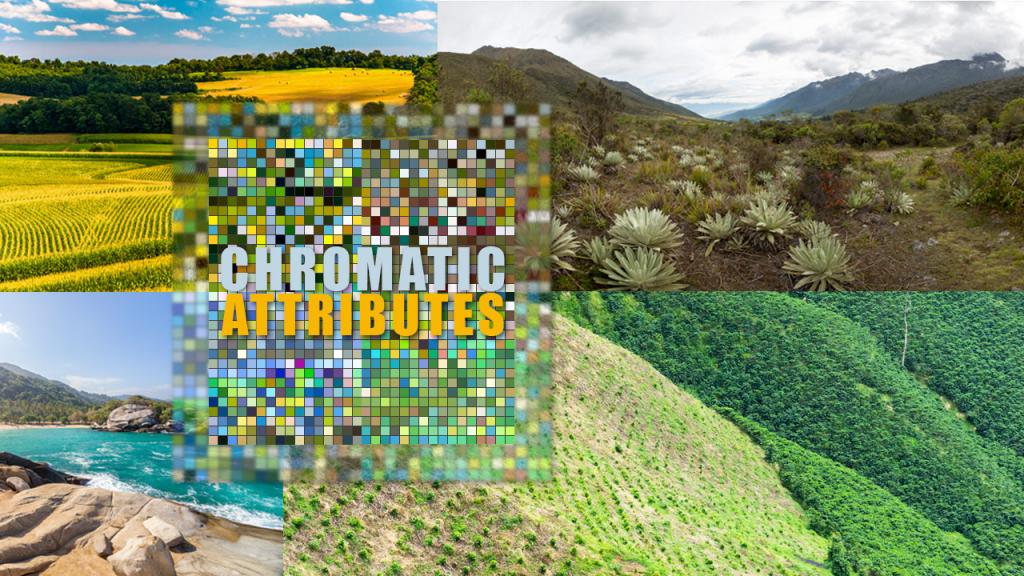
20/11/2019
A group from the Faculty of Design at Los Andes awarded a patent in the U.S.A.
Camouflage uniform is not the same for a soldier in Afghanistan as it is for a soldier patrolling the Sierra Nevada de Santa Marta. Based on this, an interdisciplinary group from the Faculty of Architecture and Design at the Universidad de los Andes began to develop a procedure to obtain the chromatic attributes of natural surroundings. As a result of this project, they were awarded a process patent in the U.S.A.
Based on the Color Research Group’s academic explorations carried out over several years and reflection exercises that were part of the course “Color, color, and more color”, professors Olga Amparo Quijano and Samira Kadamani convened a multidisciplinary group to resolve questions about the diversity of colors in Colombian ecosystems.
A designer, a biologist, two engineers, and a textiles teacher got together to adapt the army’s camouflage uniform, which came from the U.S., to Colombian diversity: specifically the mountain ecosystems above 2,600 meters above sea level. The objective was to create better mimesis in the Colombian Army’s uniforms.
After several attempts, they found a way of obtaining chromatic attributes from natural surroundings through a digital extraction method using photographs to create patterns of colors. Using army fabrics, they applied chromatic tones that came from the experiment and measured their ability to obtain a greater capacity for mimesis at different distances.

From left to right: Camilo Nemocón, Davida Naranjo, Samira Kadamani, Amparo Quijano, Francisco Herrán, and Jorge Gutiérrez: the team that obtained the patent for the process of obtaining chromatic attributes of natural surroundings to configure color patterns.
While they were developing the procedure, the peace process was underway in Colombia, and the group saw the opportunity to begin the application of uses in mixed environments (natural and artificial) and enquire about the possible interest other sectors, such as design, may have. The result was a prevailing color pattern in a tetrachromatic palette that may have diverse uses, including in biomimicry, composition for interior designers, and structures for birdwatching. Their approach was innovative in terms of the relationship between biodiversity, relevant ecosystems in the country, and quantitative color analysis.
Share







